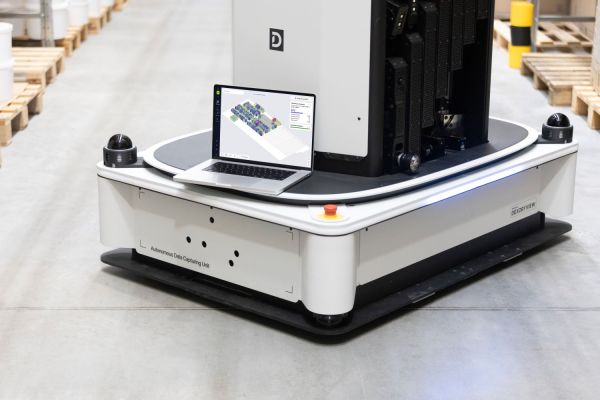Softwarisation, decoupling of network planes, advances in automation techniques, orchestration tools and, of course, Artificial Intelligence, are the instruments that analysts and programmers at operators have at their disposal to carry out this transformation.
The use case of automatic configuration of L2 VPN between two POPs without human intervention, executed by Telefónica Brazil, is just one example of the advances towards the autonomous network. We are talking about a flexible and autonomous solution that simplifies and streamlines the configuration and provisioning of capabilities over your IP network. This means shorter response times and reduced human error.
The initiative is part of Telefónica’s Autonomous Network Journey (ANJ) programme, designed to boost the autonomy of Network and Systems processes, and the iFUSION initiative for the programmability of transport networks based on an SDN architecture with open APIs.
Operators face a major challenge to rapidly expand their network to meet growing customer demand and new services. This expansion is not only covered by deployments, but also involves a high volume of work to configure the network capabilities to support the services.
The configuration work requires a high degree of technical expertise and coordination between different units, as well as the drafting, checking and approval of the corresponding work orders. From work management and planning to security and quality of service. Every aspect of the configuration contributes to its complexity. After all the administrative work, in the night maintenance window, the technician has to execute the entire sequence of commands and parameterisations. This activity is not free from human error. However, with the help of existing advanced technology and an efficient automation strategy, such as the one defined in the ANJ programme, it is possible to overcome these challenges and provide fast and highly reliable response times.
The solution developed and implemented by Telefónica Brazil helps to improve the network experience for millions of customers by reducing configuration times and helping to speed uptime to market, so that customers can enjoy the best network capabilities in a shorter time. The environment has been developed independently by VIVO. And all this thanks to iFUSION’s SDN architecture, which enables network programmability through open and standard APIs with abstraction capabilities for vendor-independent integration of automation applications.
Through an autonomous workflow, developed and implemented on the EFIKA Flow environment, the activity is initiated from the “intent” of a technician. The integration of EFIKA Flow with the SDN controller is what enables both the commands and the responses to and from the network to be executed, completing the configuration of the L2 VPN between two POPs without any human intervention.
The automation of this complex process, which used to be entirely manual, allows Telefónica Brazil to avoid initiating any work for this type of activity, reducing administrative issues. There is also no need to write any script or check if the template was respected. The quality of the implementation is improved, the probability of errors is reduced and greater agility and efficiencies are achieved. The results that are being achieved are impressive:
- The time achieved in executing the L2 VPN configuration has been minus 2 minutes, compared to an execution time of 10 minutes from the templates.
- No time spent on template creation and script validation. It used to take around 45 minutes.
- Average volume per month is 250 configurations, meaning a reduction efficiency of 220.8 hours per month.
- Reduction of human error to zero, resulting in improved network quality and availability.












